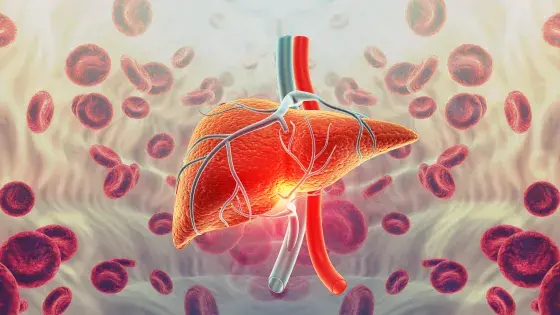Sepsis is a life-threatening condition that arises when the body’s response to an infection injures its own tissues and organs.
In the UK, there are some 250,000 cases of sepsis a year and at least 52,000 of those die as a result. Survivors may face life-long consequences – one in four sepsis survivors live with cognitive and/or physical impairments.
What is sepsis?
Sepsis (Septicaemia) is a serious and potentially life-threatening medical condition that occurs when the body's response to an infection becomes dysregulated and leads to widespread inflammation throughout the body. It can result from various types of infections, including bacterial, viral, fungal or parasitic infections.
Your immune system usually works to fight any germs (bacteria, viruses, fungi) or to prevent infection. If an infection does occur your immune system will try to fight it, although you may need help with medication such as antibiotics, antivirals, antifungals. However, for reasons not yet fully understood, sometimes the immune system has an overwhelming response and starts to attack our organs and other tissues.
What causes sepsis?
Sepsis is a condition caused by your body’s immune system responding abnormally to an infection, which can lead to tissue damage, organ failure and death.
It can happen as a response to any injury or infection, anywhere in the body, such as:
- A chest infection causing pneumonia
- A urine infection in the bladder
- A problem in the abdomen, such as a burst ulcer or a hole in the bowel
- An infected cut or bite
- A wound from trauma or surgery
- A leg ulcer or cellulitis.
It can be caused by a huge variety of different germs, like streptococcus, e-coli, MRSA or C diff. Most cases are caused by common bacteria, which normally don’t make us ill.
Although anyone can develop sepsis, it is more likely in people:
- Who have a weak immune system either because of an existing medical condition or the effects of treatment
- Who are very young or very old
- Who are in hospital
- Who are exposed to invasive devices such as urinary catheters or breathing tubes.
Symptoms of sepsis
Sepsis can be difficult to spot. There is no single sign and no single diagnostic test – symptoms can also present differently in adults and children.
Early symptoms of sepsis (in adults) may include:
- Slurred speech or confusion
- Extreme shivering or muscle pain
- Passing no urine (in a day)
- Severe breathlessness
- It feels like you’re going to die
- Skin mottled or discoloured.
Many of the symptoms of sepsis are also associated with meningitis. The first symptoms of meningitis are often fever, vomiting, headache and feeling unwell.
In some cases, symptoms of more severe sepsis or septic shock (when your blood pressure drops to a dangerously low level) develop soon after. Symptoms for children/babies may be very different.
What is the outlook for sepsis?
The amount of time it takes to fully recover from sepsis varies and some people make a full recovery fairly quickly. Others experience long-term physical and/or psychological problems during their recovery period, such as:
- Feeling lethargic or excessively tired
- Muscle weakness
- Swollen limbs or joint pain
- Chest pain or breathlessness.
These long-term problems are known as post-sepsis syndrome. Not everyone experiences these problems.
When to get medical help
Seek medical advice urgently from NHS 111 if you've recently had an infection or injury and you have possible early signs of sepsis. If sepsis is suspected, you'll usually be referred to hospital for further diagnosis and treatment.
Severe sepsis and septic shock are medical emergencies. If you think you or someone in your care has one of these conditions, go straight to A&E or call 999.

